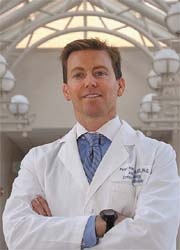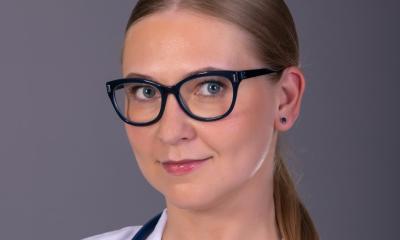Achieving effective teamwork
“All we need to know was learned in kindergarten”, say Peter Pronovost MD PhD and Christine Holzmuller BLA.

Toddlers are encouraged to play nice and share - in essence to work as a team during playtime. Have you ever watched children building a sandcastle at the beach? Children who work well as a team construct those pristine castles, with multiple turrets, which remain standing until the tide crashes in.
Yet, it is clear that teamwork - and inherently communication - contribute to a significant number of adverse incidents. Reporters who submitted adverse incidents to the web-based Intensive Care Unit Safety Reporting System at Johns Hopkins, picked ineffective teamwork as contributing to the incident. Indeed, the role of teamwork in improving healthcare has been moved to the forefront (The Role of Perceived Team Effectiveness in Improving Chronic Illness Care. Medical Care 2004; 42(11):1040-1048).
However, the culture of teamwork that parents instil in children is not practiced in healthcare situations. It is easy to surmise how this occurs, particularly when caregivers work in complex high stress environments, where diagnosis and care decisions are needed quickly, steps and the caregivers involved in the process are numerous, and little time is allowed to stop or speak. (B J Sexton: The Better the Team the Safer the World: Golden Rules of Group Interaction. Ladenburg: 2004. And: A matter of life or death: Social psychological and organisational factors related to patient outcomes in the ICU. University of Texas, 2002.)
However, we need to remind caregivers to build a structurally sound sandcastle together. Indeed a culture of teamwork can improve medical care
Reducing complexities and creating independent checks has been found to improve teamwork and communication. For example, in a cardiac intensive care unit the wrong sheath was used to insert a pacing wire in a patient, which presented the risk of an air embolus. This mistake occurred because sheaths and matching pacing wires are located in different places, and in this case the correct sheath was not stocked on the unit. Running to several locations to collect devices for one procedure adds complexity and probability of error. To reduce complexity in this unit, sheaths and matching pacing wires are now pre-packaged in the hospital’s Central Supply.
Creating independent checks can also improve teamwork. An independent check involves one team member following behind the other team member and independently checking to ensure the action was done appropriately. Checklists are excellent tool for independent checks. Research at the Johns Hopkins Hospital (pub: Crit Care Med 2004; 32:2014-2020) eliminated catheter-related blood stream infections by using a checklist to ensure adherence to evidence-based guidelines for preventing CR-BSIs and by enhancing teamwork between the resident inserting the catheter and nurse assisting.
A culture of teamwork is needed to improve safety and delivery of healthcare. While teamwork is taught at a very young age, practice is limited by complex and high stress critical healthcare situations. To improve teamwork, we can reduce complexities and incorporate independent checks into daily practice.
* Peter J. Pronovost is Associate Professor in the Department of Anaesthesiology & Critical Care Medicine, and Director of the Division of Adult Critical Care, as well as Medical Director of the Centre for Innovations in Quality Patient Care, at Johns Hopkins University, Baltimore, USA. Contact: ppronovo@jhmi.edu
Tips from ‘All I Really Need to Know I learned in Kindergarten’
by Robert Fulghum
First Edition, 2003. New York, Random House Publishing Group
• Share everything
• Play fair
• Don’t hit people
• Put things back where you found them
• Clean up your own mess
• Don’t take things that aren’t yours
• Say you’re sorry when you hurt somebody
• Wash your hands before you eat
• Flush
• Warm cookies and cold milk are good for you
• Live a balanced life - learn some and think some and draw and paint and sing and dance and play and work every day some
• Take a nap every afternoon
• When you go out in the world, watch out for traffic, hold hands and stick together
• Be aware of wonder. Remember the little seed in the Styrofoam cup: the roots go down and the plant goes up and nobody really knows how or why, but we are all like that
• Goldfish and hamsters and white mice and even the little seed in the Styrofoam cup - they all die. So do we.
• And then remember the Dick-and-Jane books and the first word you learned - the biggest word of all - LOOK
01.03.2005






